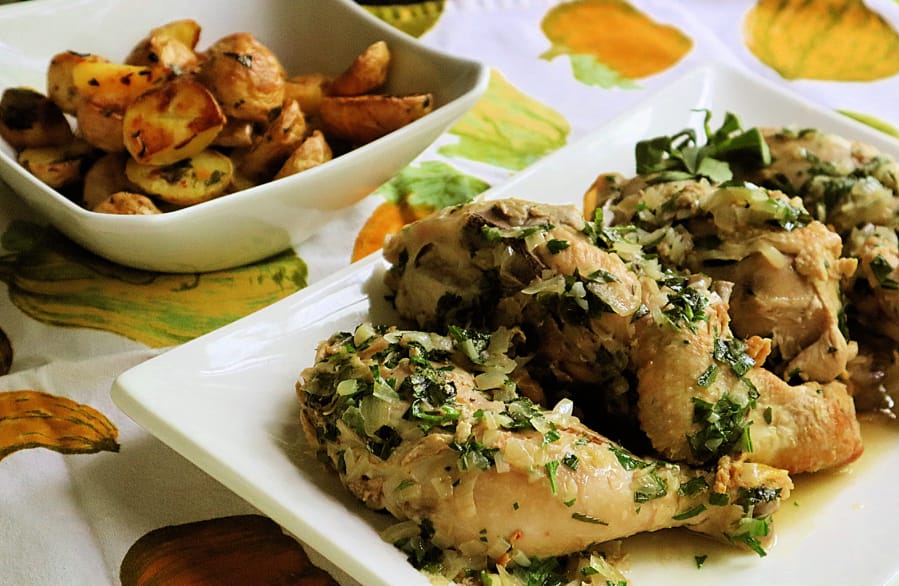PITTSBURGH — Every cloud has a silver lining, right?
Even the coronavirus pandemic, awful as it has been, has had some good come out of it. With everyone forced to spend more time together under one roof, the family dinner has become a thing again.
The virus has gotten more of us outdoors, too, dirtying our hands in the soil. And a gardening boom has been ushered in as people search for ways to occupy their time with kid-friendly and soul-soothing activities.
Anxiety over food supplies and availability of fresh vegetables this summer has led to a surge in searches for “growing vegetables,” according to Google Trends. People are more interested than ever in trying to cultivate herbs, as well.
Both Pennsylvania-based Burpee Seeds, which has been helping people to garden for more than 140 years, and Stokes Seeds in Canada had to temporarily suspend sales in spring because of the growing interest in gardening.



